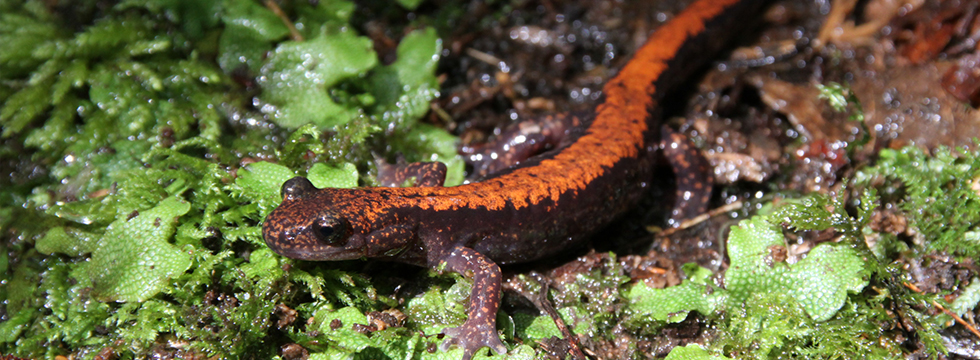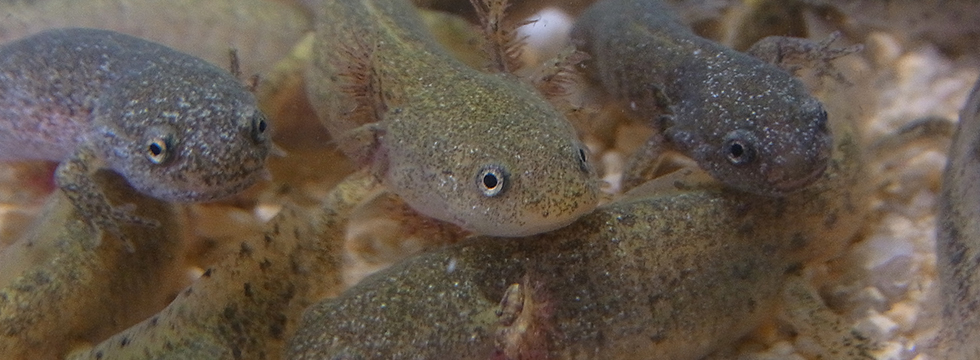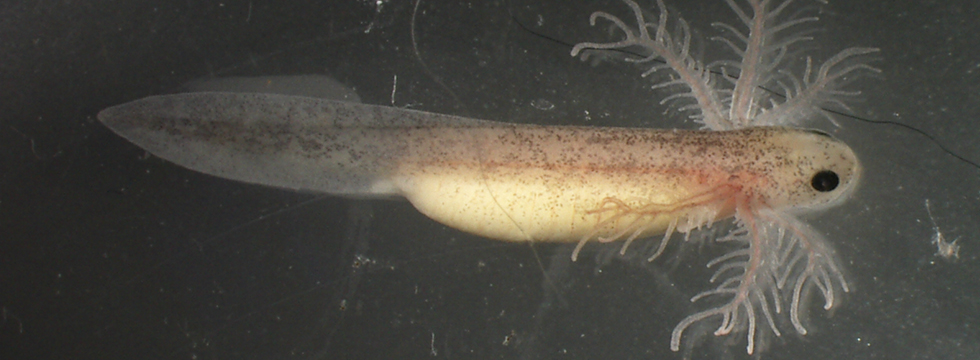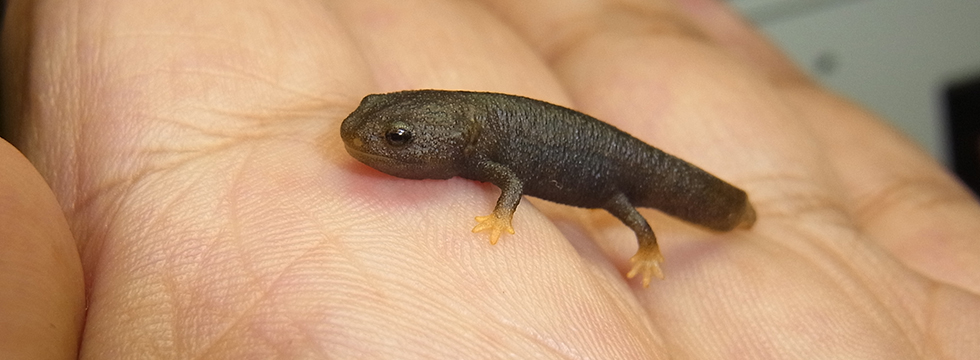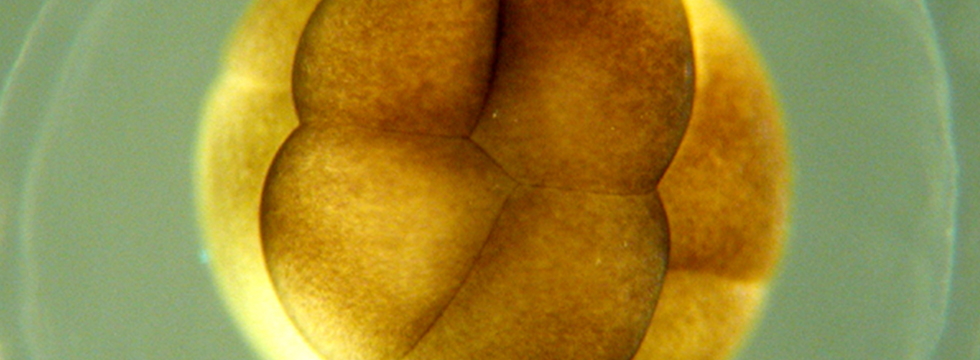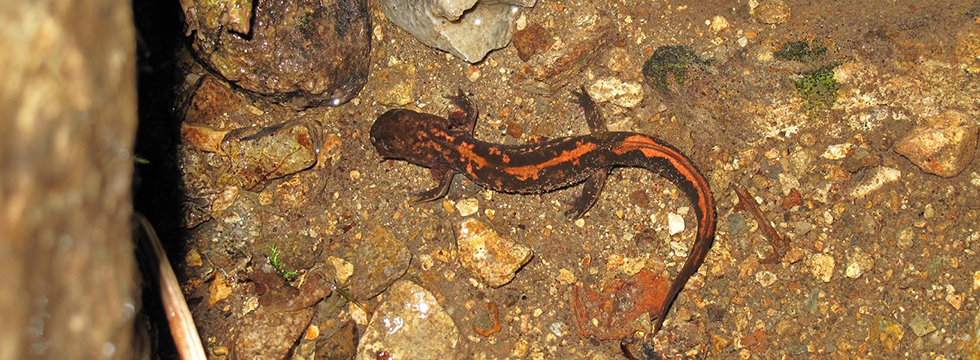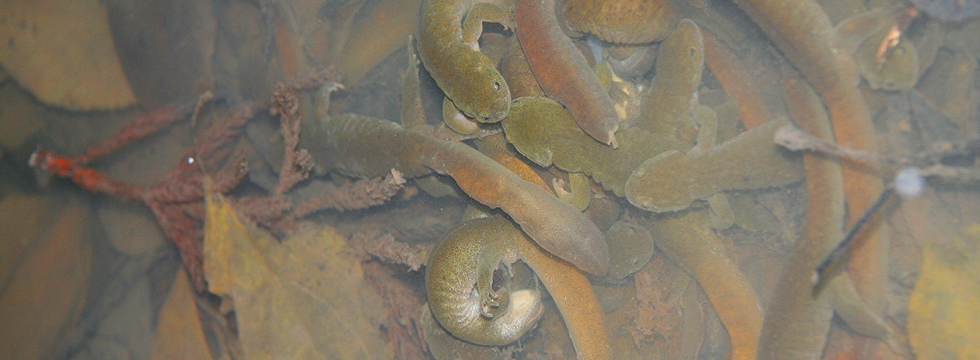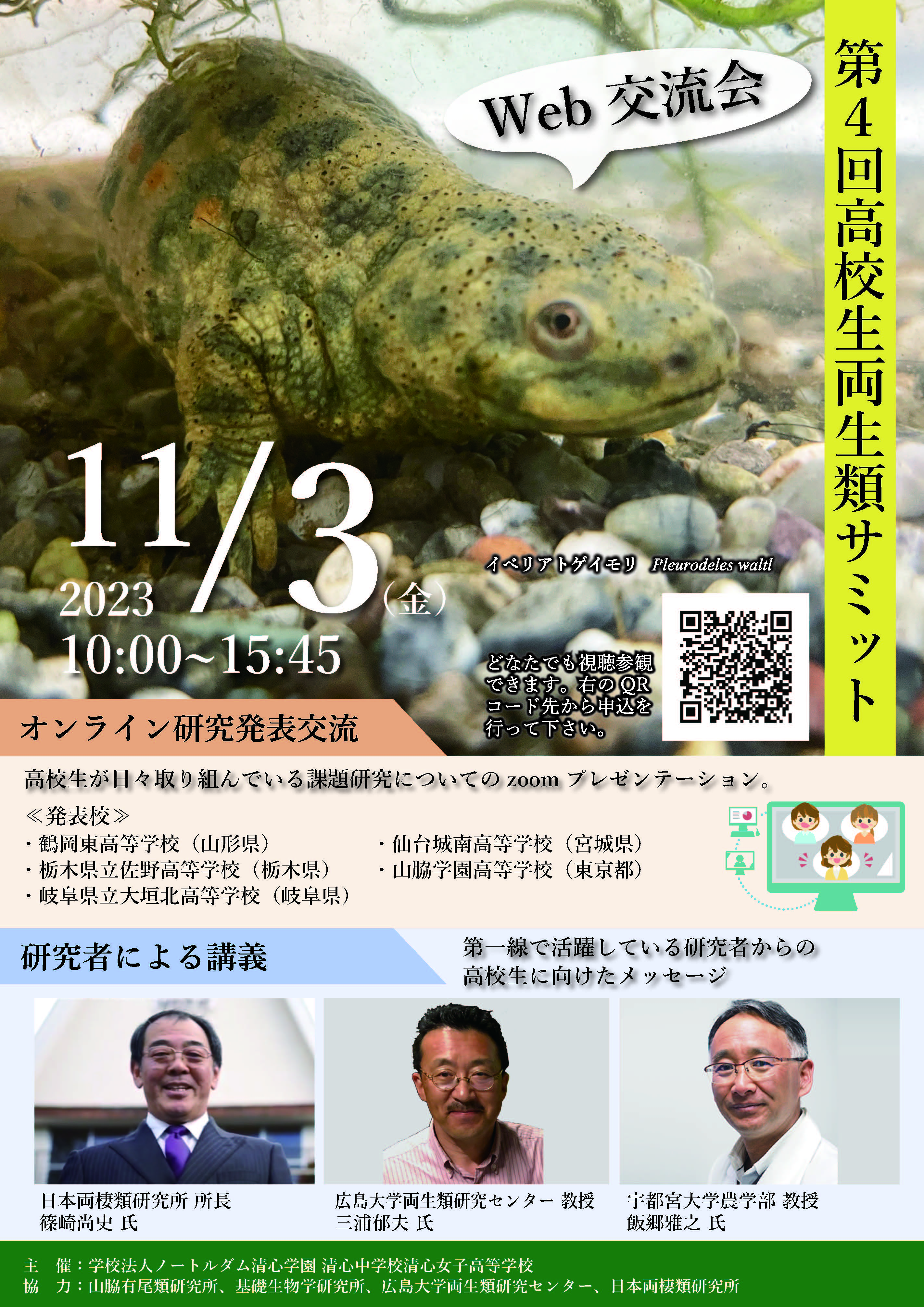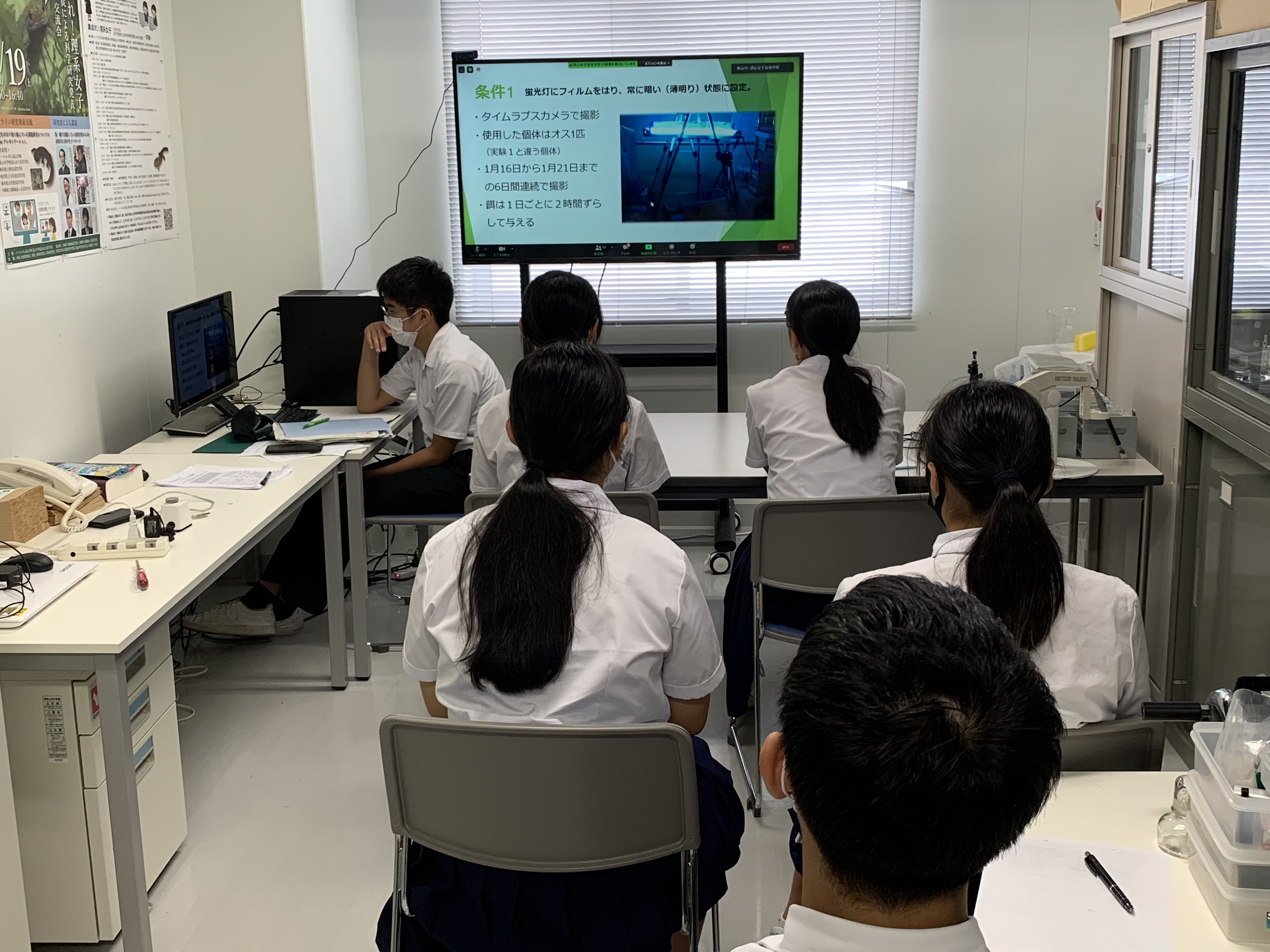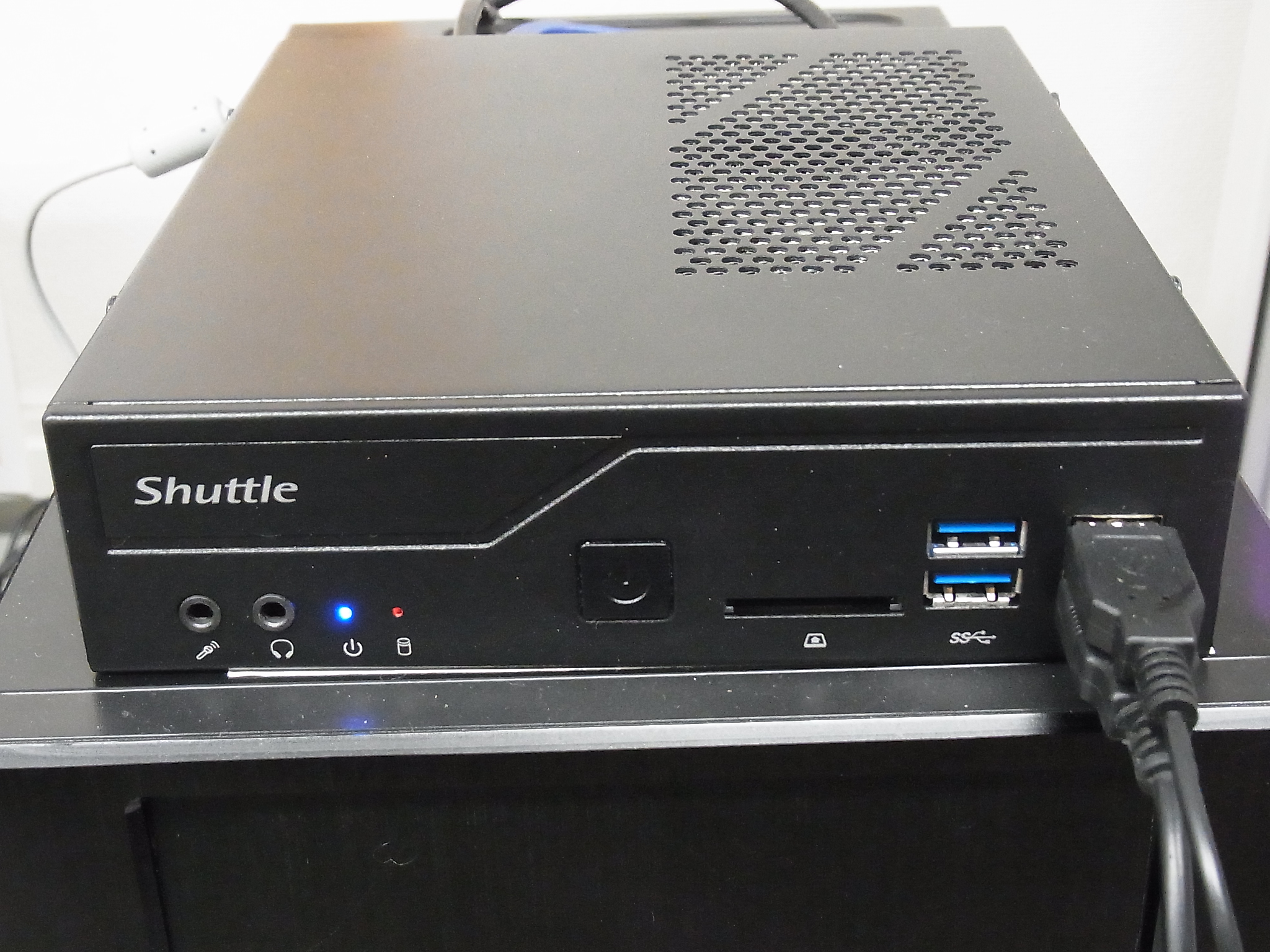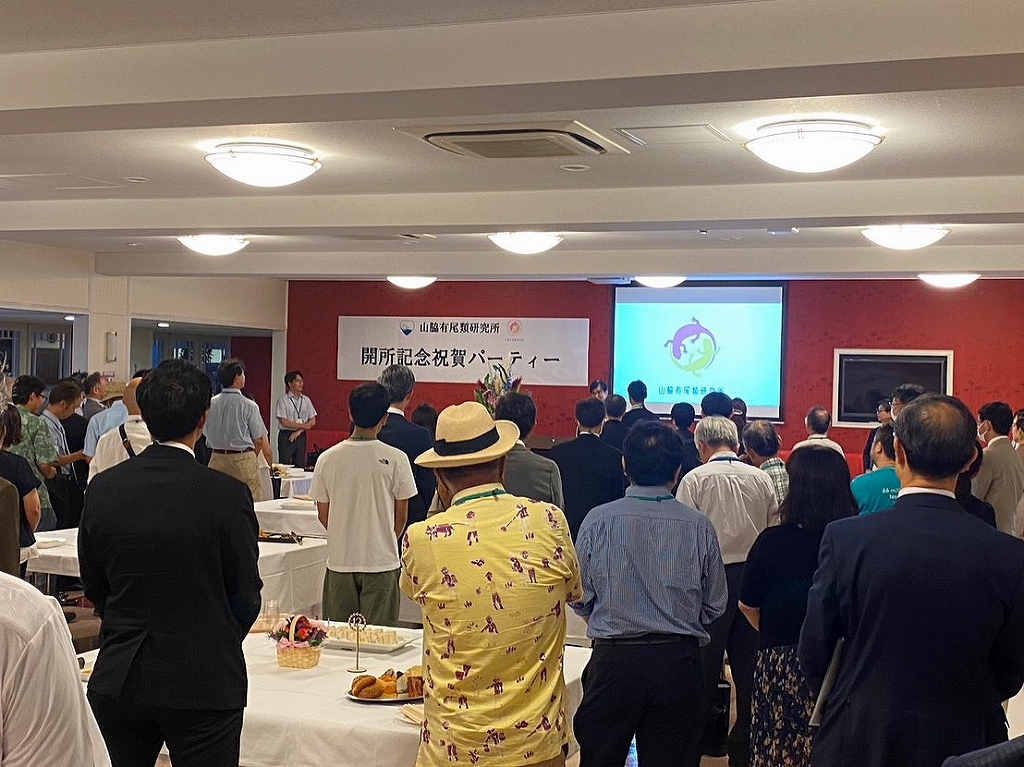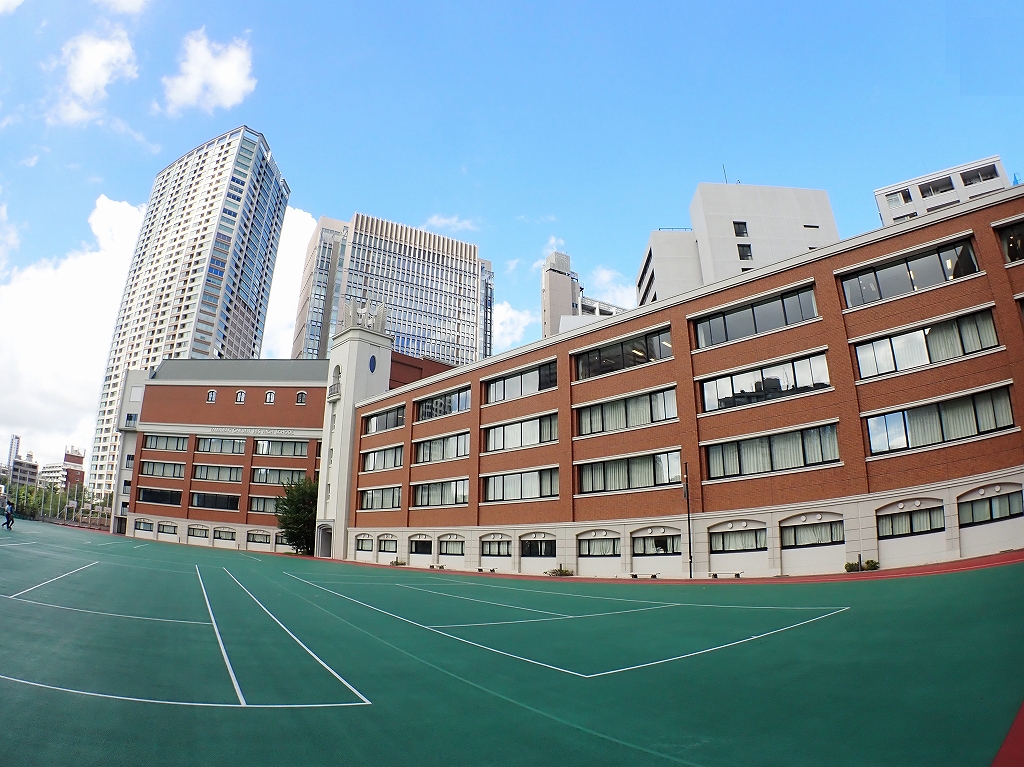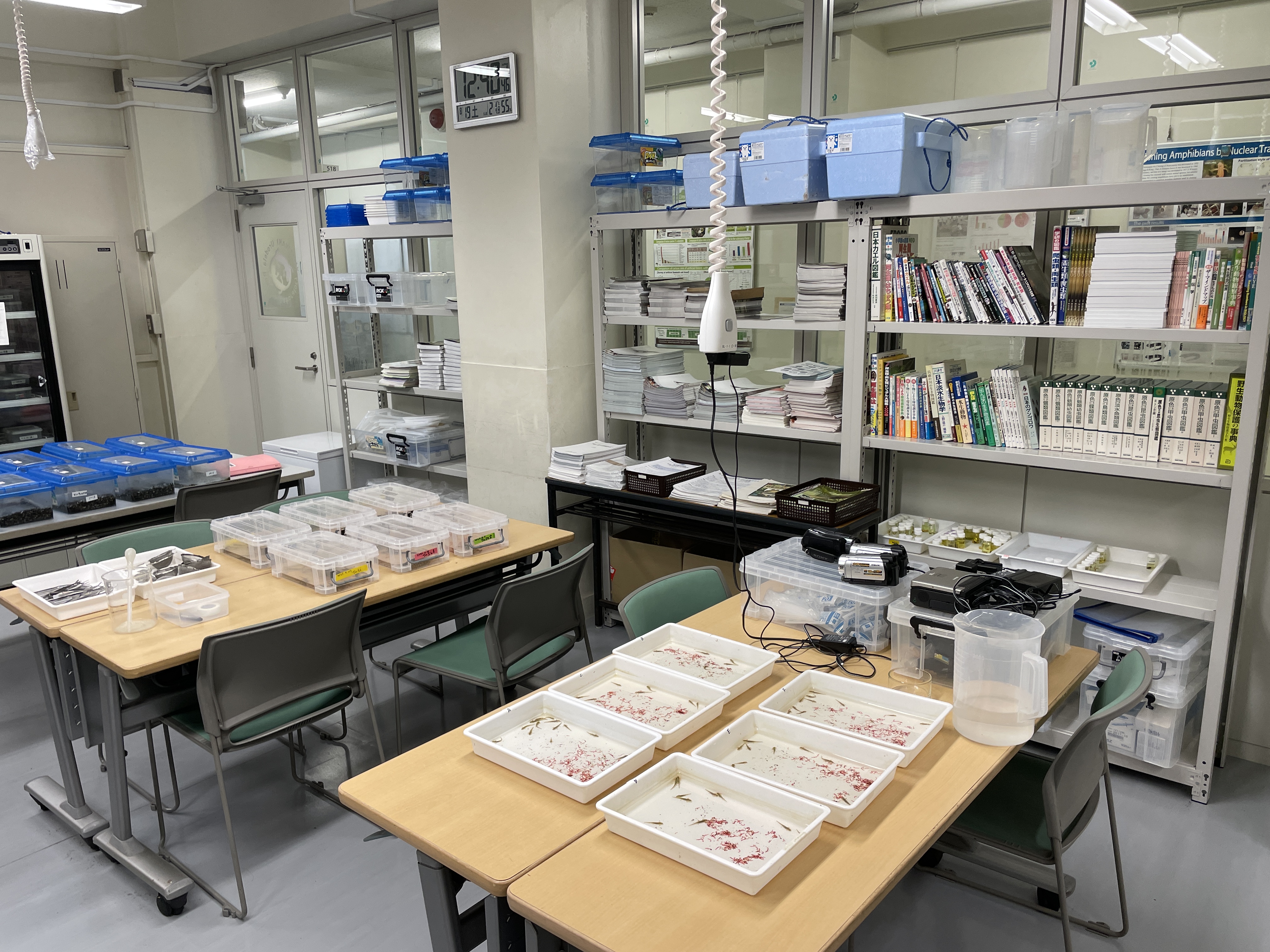As a teacher of biology for 32 years at high school, I've been preparing my teaching materials from the viewpoint of environmental education . In 1989,I started my research as on Caudates ( mainly the observation of breeding , egg development) and I have been researching Hynobius nebulusus, Hynobius dunni ,and Cynops pyrrhogaster for 26 years.
The Issue of my concern
The relation between Cynops Pyrrhogaster's receptaculum semens' seasonal changes and breeding behavior.
My main study
At my high school, I'm keeping Cynops pyrrhosgaster, Cynops(red belly newts) , Hynobius dunni, and other species of Caudate. I chose Cyops pyrrhogaster for my research, for I can pay special attention to its extraordinary behavior of fertilization: The female can keep sperm in its receptaculum semens for certain period and later in its breeding period, insemination happens. This means that if you capture only the female in the breeding period, you can get fertilized eggs by giving a hormone injection. Previous research has revealed that it can give fertilized eggs in even December or January, which is not considered to be its breeding period, and so, if we observe the change of receptaculum semens and ovarium more closely on an every month basis, we will be able to get more findings as to its entire fertilization mechanism.
The reseach field is Northern region in Okayama prefecture, where it is possible to capture a sufficient number of the creatures above mentioned above. The first several years were spent for field research and the last 10 years have be spent for some experiments in the laboratory. By the experimental first step. I will capture a couple of them (both male and female) in the specified field. The weight and length of the males will be measured and their testiculus will also be removed and observed If they have their sperm or not. The weight and length of the females will also be measured and their ovaries should be removed in order to observe their egg development.
All of procedures will reveal the seasonal changes in each breeding organ. As an experimental second step , I would like to study the sperm's physiological system with some findings I will have gotten.
My Report
The mating season of Japanese newt Cynops pyrrhogaster is generally thought to occur once a year in spring to early summer, during the months of April to June, as in many other Japanese amphibians. However, in fall, from September to October, we often observed breeding colored males demonstrating a mating behavior with females in the field. In this study, in order to identify their true mating season, we anatomically and histologically investigated the annual maturation cycle of gonads and reproductive organs, including cloacal spermathecae in females, and, using a molecular marker, identified the seasonal origins of sperm, which are released in spring to perform insemination. We found that, in fall, ovaries are somewhat immature, while the testes were mature and the sperm already stored in the deferent ducts. Females stored a significant amount of sperm in around 80% of the spermatechae examined in October and 100% in December. When artificially ovulated in March before contact with male partners after hibernation, the females spawned fertilized eggs and these developed normally. Finally, we identified heterozygous genotypes of the visual pigment gene for the two different population types in the embryos, which were derived from a female who established contact with males of the same population in fall and then switched to males from another population until oviposition in spring. We therefore, conclude that the true mating season of this species occurs from fall to early summer, interrupted only by winter, and lasts six months longer (from October to June) than generally believed.
ZOOLOGICAL SCIENCE 28: 758-763 (2011)

